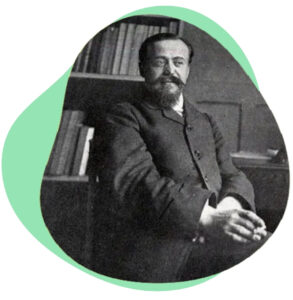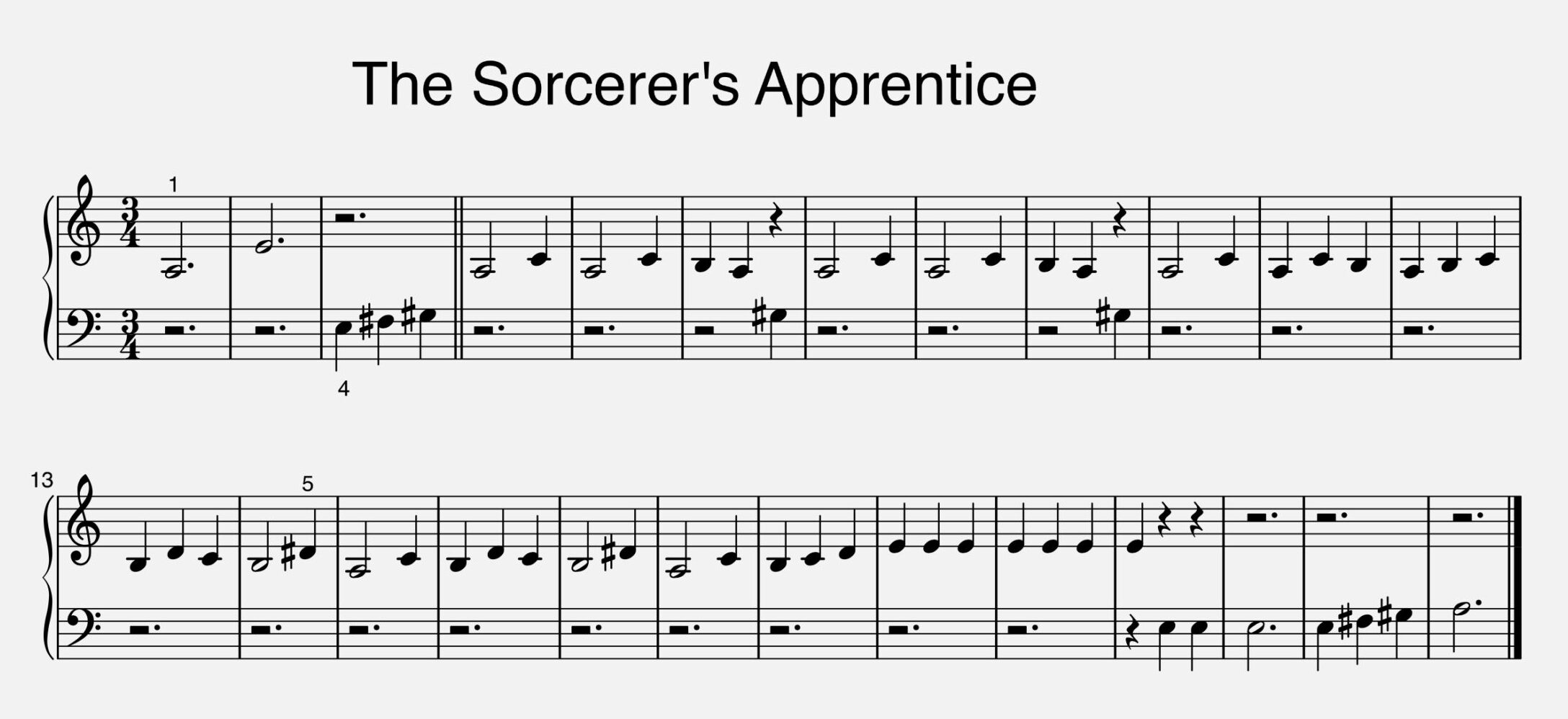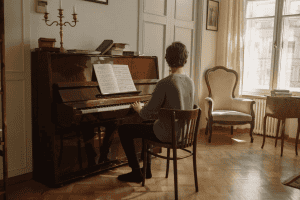
“The Sorcerer’s Apprentice” piano song wasn’t originally written for the piano at all, it started as a full orchestra piece by French composer Paul Dukas in 1897. It became world-famous when Disney used it in Fantasia (1940) with Mickey Mouse as the mischievous apprentice who brings a broom to life. Thanks to that movie, millions of people recognize the melody instantly, even if they’ve never heard the original symphonic poem!
Have you ever wished you could bring a little bit of Disney magic to your piano? “The Sorcerer’s Apprentice” piano song is a fantastic place to start. Its sneaky rhythm and playful energy make it one of the most recognizable pieces in the world. The best part? You don’t need to be an advanced pianist to enjoy it. With a step-by-step approach, you can learn how to play “The Sorcerer’s Apprentice” on the piano at home.
Our guide will walk you through the notes, finger positions and practice strategies that make the piece approachable for beginners. Let’s get started.
What are the notes in “The Sorcerer’s Apprentice”
The beginner version of “The Sorcerer’s Apprentice” piano song is written in 3/4 time, which means each measure has a waltz-like “1-2-3” feel. The piece begins in A minor, so you’ll mostly be using the white keys, with a few accidentals (like F♯ and G♯) that give the melody its magical sound.

Let’s break it down hand by hand, so it will be much easier to learn.
Playing the notes with the right hand
The right hand carries the playful theme that makes this piece so recognizable. It begins on the note A above middle C and quickly develops a pattern of repeated notes that sound like the apprentice tiptoeing through the workshop. From there, the melody moves step by step down the scale, usually from A to G and then to F, before rising back again. Every so often you’ll meet an accidental, such as F♯ or G♯.
Place your fingers on the A and let your hand rest in a comfortable position. Here’s a line of the opening right-hand notes:
A(1) – E(5) –A() –A(1) –C(3) –A(1) –C (3) –B(2) –A(1)

Playing the notes with the left hand
The left hand fills in the bouncy melody. Start by placing your little finger on D and relaxing your hand. Be sure to be ready for the F# and G# accidentals. Here’s a line of the opening left-hand notes:
E(4) – F#(3) – G#(2) – G#(2)

Once you can play it smoothly without looking too much, you’ll feel more confident adding in the right hand and completing the melody. The key here is to keep a steady pulse so you can sync up your hands when you’re ready.
How to play “The Sorcerer’s Apprentice” on piano?
Now that you know the notes for each hand, it’s time to bring them together. To make this easier, we’ve prepared a step-by-step video tutorial that shows you exactly how to play “The Sorcerer’s Apprentice” piano song.
In the video, you’ll see both hands demonstrated clearly, along with the finger positions and timing. You can pause, rewind and practice each part at your own speed until it feels comfortable. Start by focusing on short sections, then gradually connect them to play the full theme.
“The Sorcerer’s Apprentice” practice tips
Learning “The Sorcerer’s Apprentice” piano song can feel a little tricky at first, but with the right approach you’ll get the hang of it quickly. Here are a few tips to make your practice sessions smoother and more enjoyable:
- Start slow and steady – The repeated notes in the melody can tempt you to rush, but it’s better to play them slowly with even spacing. Count “1-2-3” aloud to keep the waltz rhythm steady.
- Separate the hands first – As the melody is split between the hands you should practice the right-hand melody on its own until it feels natural. Then do the same with the left-hand. Once both hands feel comfortable, try playing them together a few bars at a time keeping the flow.
- Pay attention to the accidentals – This piece is in A melodic minor. This scale is worth practicing beforehand to make sure you feel comfortable playing these black keys.
- Keep it playful – This music tells a story of mischief and magic, so let yourself have fun. Exaggerate the dynamics by starting softly and growing louder as the piece builds. It will make your practice more exciting and help the song come alive.
With these strategies, you’ll not only learn the notes you’ll capture the character of the music too.
Ready for more?
If you enjoyed learning this song, there’s so much more waiting for you. Inside the Skoove app, you can practice “The Sorcerer’s Apprentice” interactively with real-time feedback and discover hundreds of other songs that guide you step by step. Whether your goal is to explore more classical favorites or try out pop hits, you’ll always have a supportive teacher by your side. Happy practicing!
Author of this blog post:
Matthew Dickman

With over a decade of experience in music education Matthew holds a BA in Music from Paul McCartney’s LIPA and an MA in Composition from the University of Salford. Mathew has developed a distinctive compositional voice and approach to music theory education through his research and work in the music industry. Matthew’s writing for Skoove combines experience from orchestral and media composition, and as a gigging jazz musician, to create a wholistic and accessible pedagogy for musicians of any level. Away from music, he enjoys reading and exploring nature to expand his horizons and knowledge contributing to his holistic teaching style.














